Landscaping Around A Fire Hydrant: Landscaping Tips And Safety Considerations
It might not sound like the obvious choice for a landscaping project, but a fire hydrant can work with a bigger gardening vision. Follow our tips on landscaping around a fire hydrant
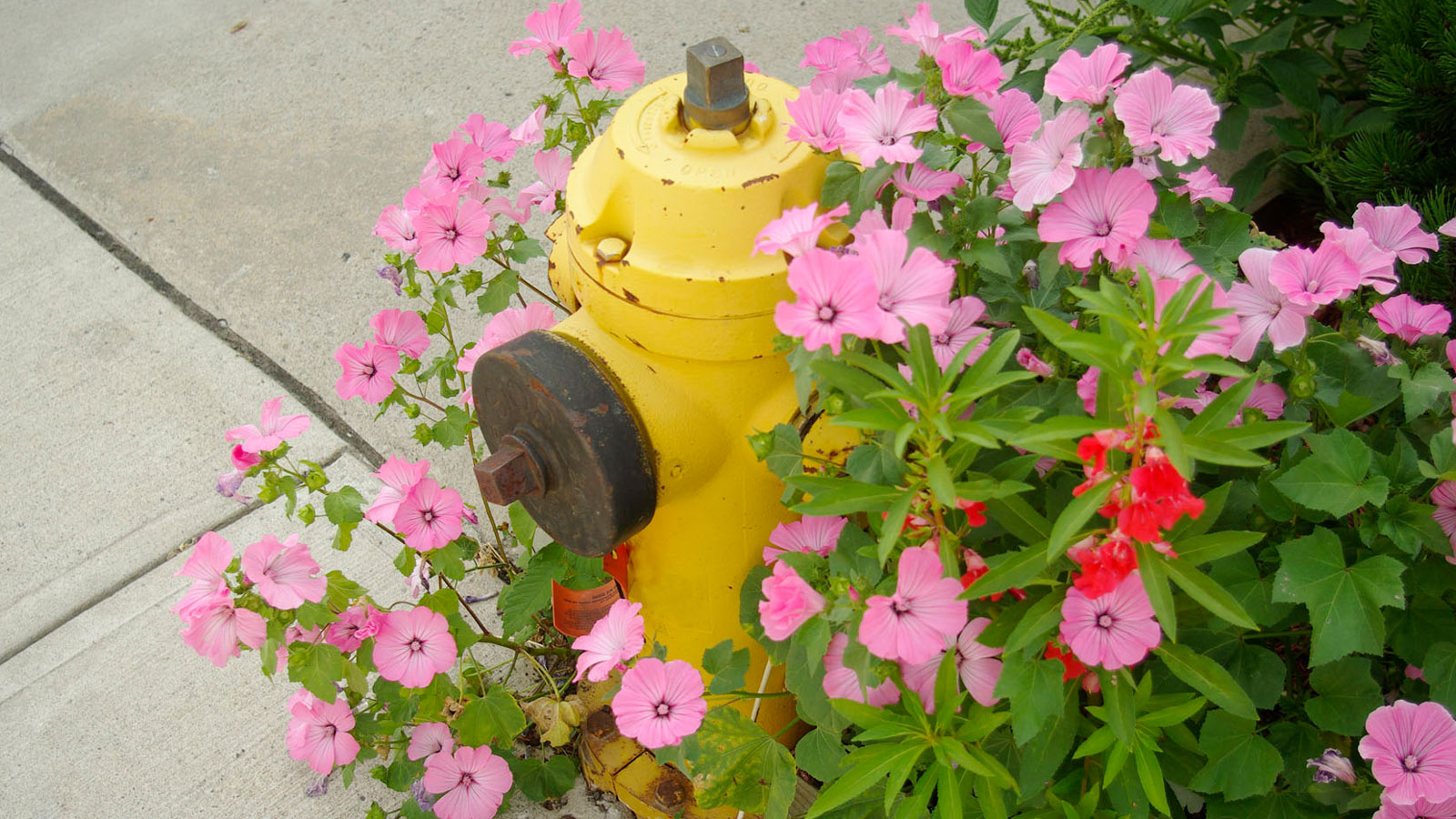

Landscaping around a fire hydrant poses unique challenges: what are the rules, and what can you not do when growing plants nearby? If you have a fire hydrant in your yard, it may present some interesting landscaping conundrums – but that doesn’t mean planting is a problem. Even though there may be some backyard landscaping restrictions, it’s possible to create a pleasant, well-maintained bed that fits into the rest of your garden. It just takes a little creativity and planning, as this guide reveals.
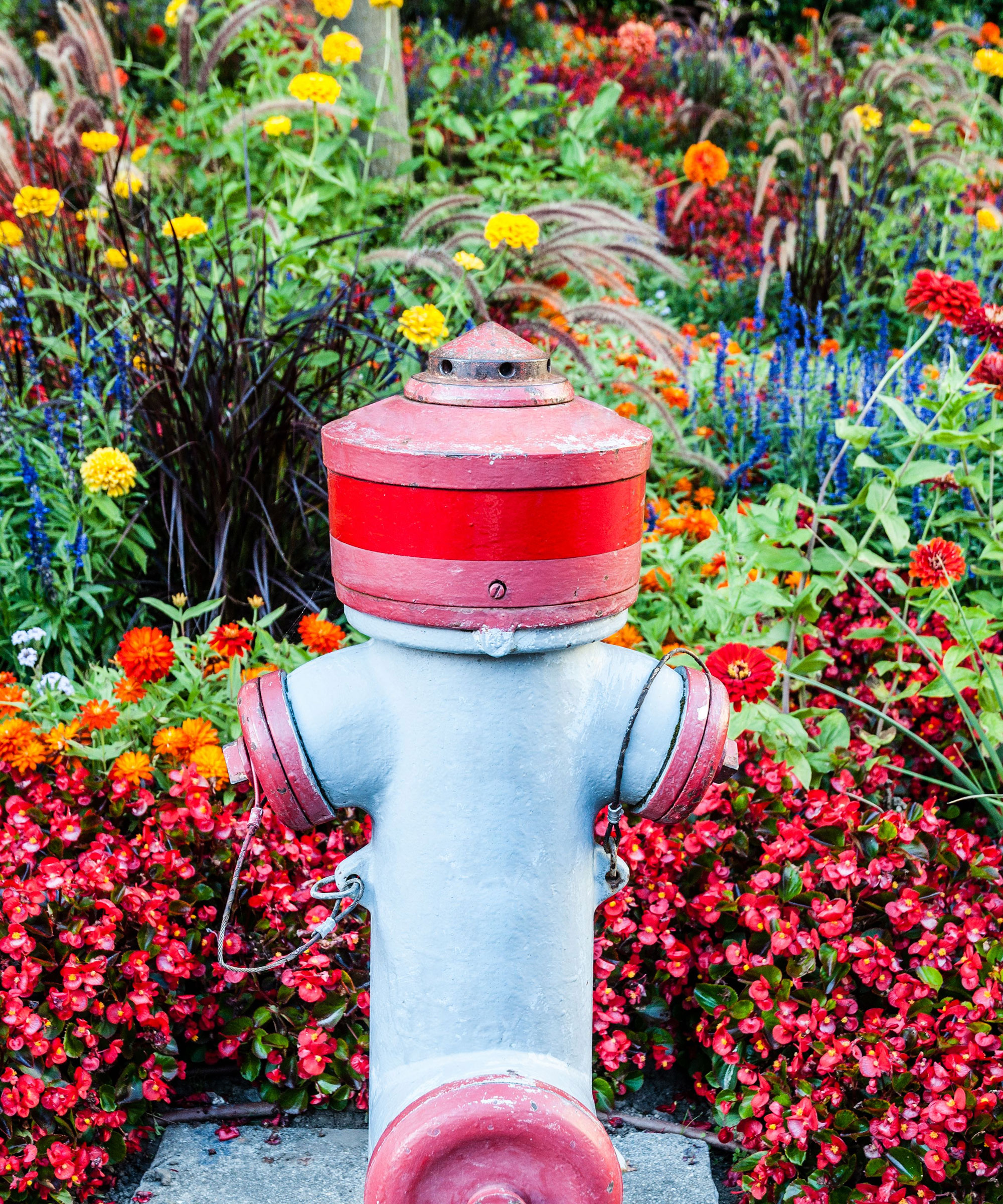
Know the Rules for Planting Around Fire Hydrants
Knowing how to landscape around a fire hydrant begins with understanding the rules. Municipalities and fire departments have rules for fire hydrants and planting. Make sure you know what your local government requires before you get started. This will help you avoid a fine and wasting a lot of time and effort.
Contact your local fire department for more information about the exact guidelines for your community. Rules regarding fire hydrant landscaping are often similar or the same across municipalities:
- Keep all taller flowering plants at least 3ft (90cm) away from hydrants. Keep in mind any low plants closer might get stepped on and crushed by a hose if the hydrant is ever pressed into service.
- There must be 15ft (4.5m) of clearance above hydrants, so trees and shrubs should be planted farther away or trimmed appropriately.
- Maintain 18in (46cm) of vertical clearance from the base of the hydrant to the middle of the large cap on the side.
- Never paint a fire hydrant.
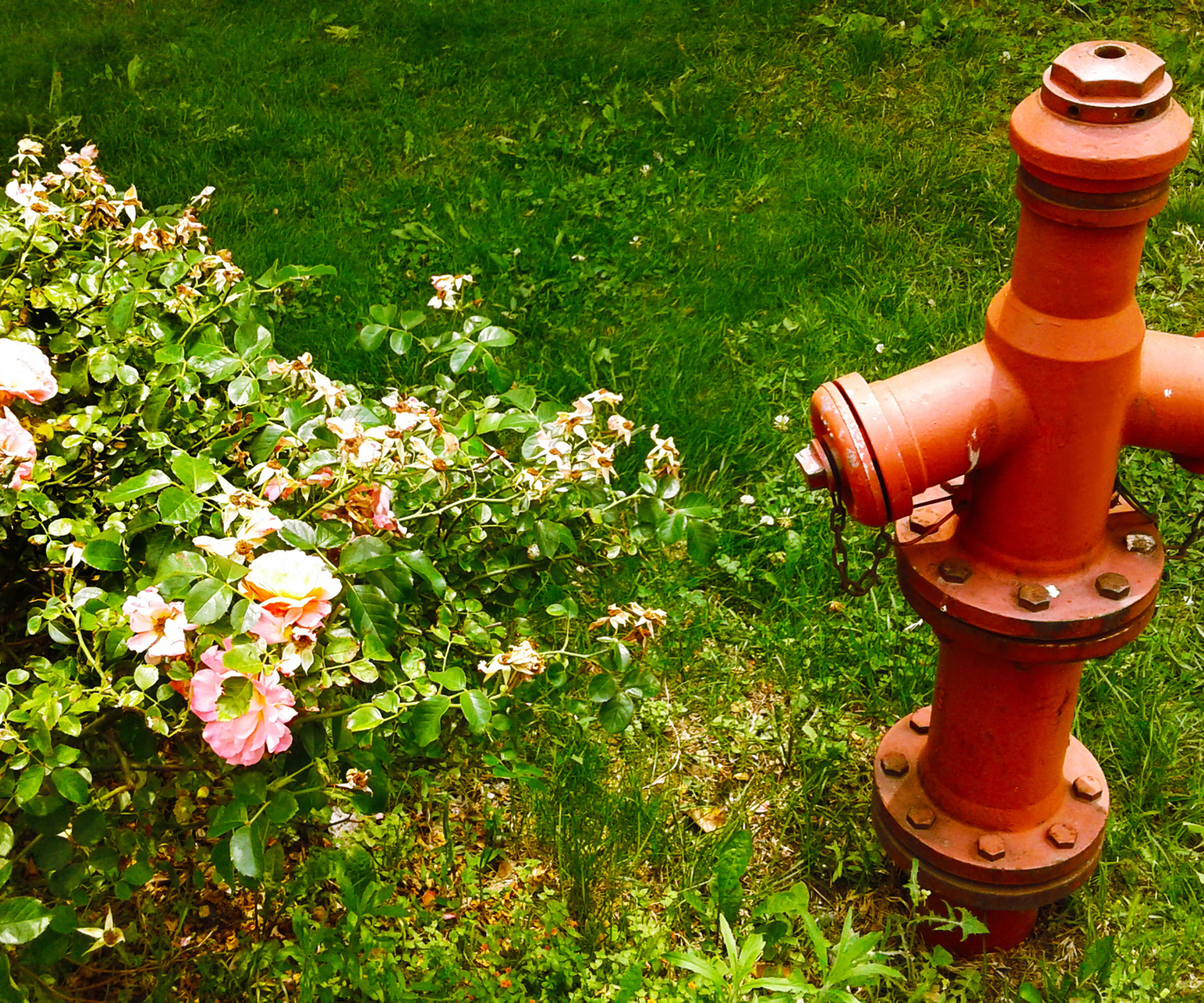
What to Avoid When Landscaping with Hydrants
Fire fighters need to have quick and easy access to a hydrant, so keep that in mind when planning the surrounding landscaping. They need to be able to spot it quickly and get to it with their tools and hose. One of the key rules for planting around fire hydrants is making sure you avoid cramped, inaccessible areas.
Some departments might recommend plants to avoid near hydrants because of how they grow. For instance, avoid fast-growing vines that could get out of control and obscure a hydrant before you are able to maintain it. A plant with thorns is also a bad idea, as it will interfere with the firefighters accessing the hydrant. So if you are a rose lover, make sure you maintain a good distance between the hydrant and any potential thorns!
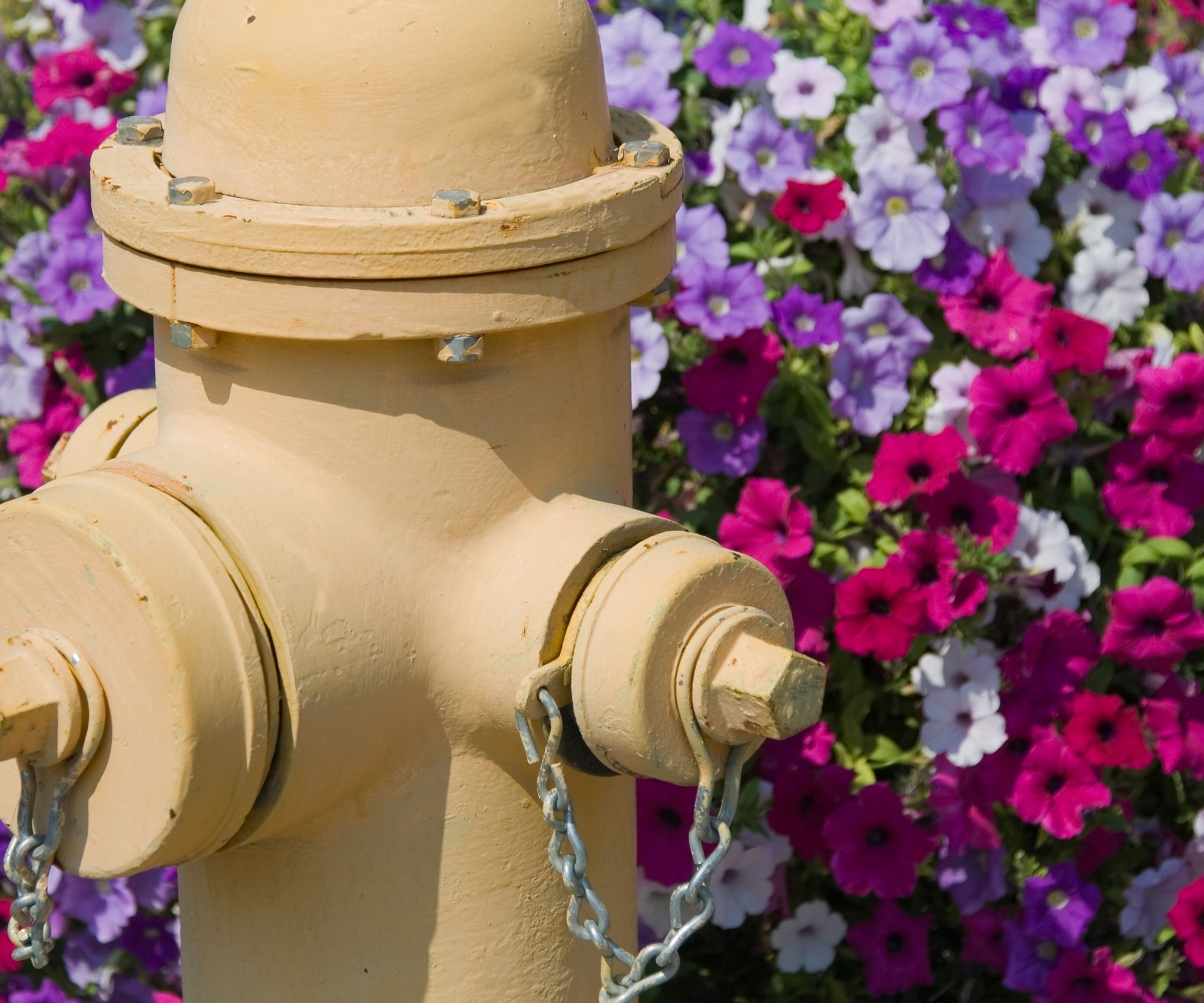
Ideas for Landscaping Around a Fire Hydrant
Depending on where the hydrant is located, you might want to create a bed around it or just grow grass. There are a few good reasons to create a bed. For instance, it will eliminate the challenges of mowing around a hydrant.
Also, a hydrant is not very aesthetically pleasing. Yes, it needs to be visible to firefighters, but you can still make it blend in a little better with a well-planned bed. Here are some ideas to get you started:
Gardening tips, videos, info and more delivered right to your inbox!
Sign up for the Gardening Know How newsletter today and receive a free copy of our e-book "How to Grow Delicious Tomatoes".
- Start by outlining an area for a bed that makes sense. If the hydrant is on a corner of the lot, use that as a guide for creating an interesting shape. If there is a street sign or stop sign near the hydrant, you might want to include it in the bed.
- Create a nice edge for the bed, but make sure it won’t impede firefighters. Use rubber tubing, for example, instead of rocks they could trip over.
- A simple plan for the area around a hydrant is to choose a groundcover, perhaps a steppable one. This eliminates the need for mowing grass around it while also ensuring the hydrant is still easy to access.
- If you are creating a bigger and more varied bed, choose a focal point plant to place at the other end of the bed from the hydrant. A shrub or small tree will balance it without being so close as to violate the rules.
- Select a few lower growing perennials and avoid vines. Good choices are plants that are typically used for edging beds like phlox, vervain, stonecrop, small hostas, astilbe or lamb’s ear.
- Add in some attractive perennials, like sweet alyssum, petunias, celosia, cosmos, marigolds or impatiens.
A fire hydrant is a creative challenge for a gardener. Still, landscaping around a fire hydrant can be a novel and satisfying way of integrating functionality and artistry, if you get the balance right. Follow the rules, then let your imagination take over and use the hydrant as a starting point for a beautiful new bed.

Mary Ellen Ellis has been gardening for over 20 years. With degrees in Chemistry and Biology, Mary Ellen's specialties are flowers, native plants, and herbs.
-
 Looking For Plants To Give You The Soft And Fuzzies? Try These 5 Fuzzy Leaf Plant Options
Looking For Plants To Give You The Soft And Fuzzies? Try These 5 Fuzzy Leaf Plant OptionsLovers of texture, drama, silver foliage and tactile plants will adore these special sensory garden additions. These fuzzy leaf plant options will leave you all aglow
By Susan Albert
-
 Get Ready For A Summer Of Hummers! Grow These Full Sun Hummingbird Plants and Flowers
Get Ready For A Summer Of Hummers! Grow These Full Sun Hummingbird Plants and FlowersIf you’re lucky enough to enjoy a sunny backyard, make sure you are maxing out on your pollinator opportunities and grow these full sun hummingbird plants and flowers
By Tonya Barnett
-
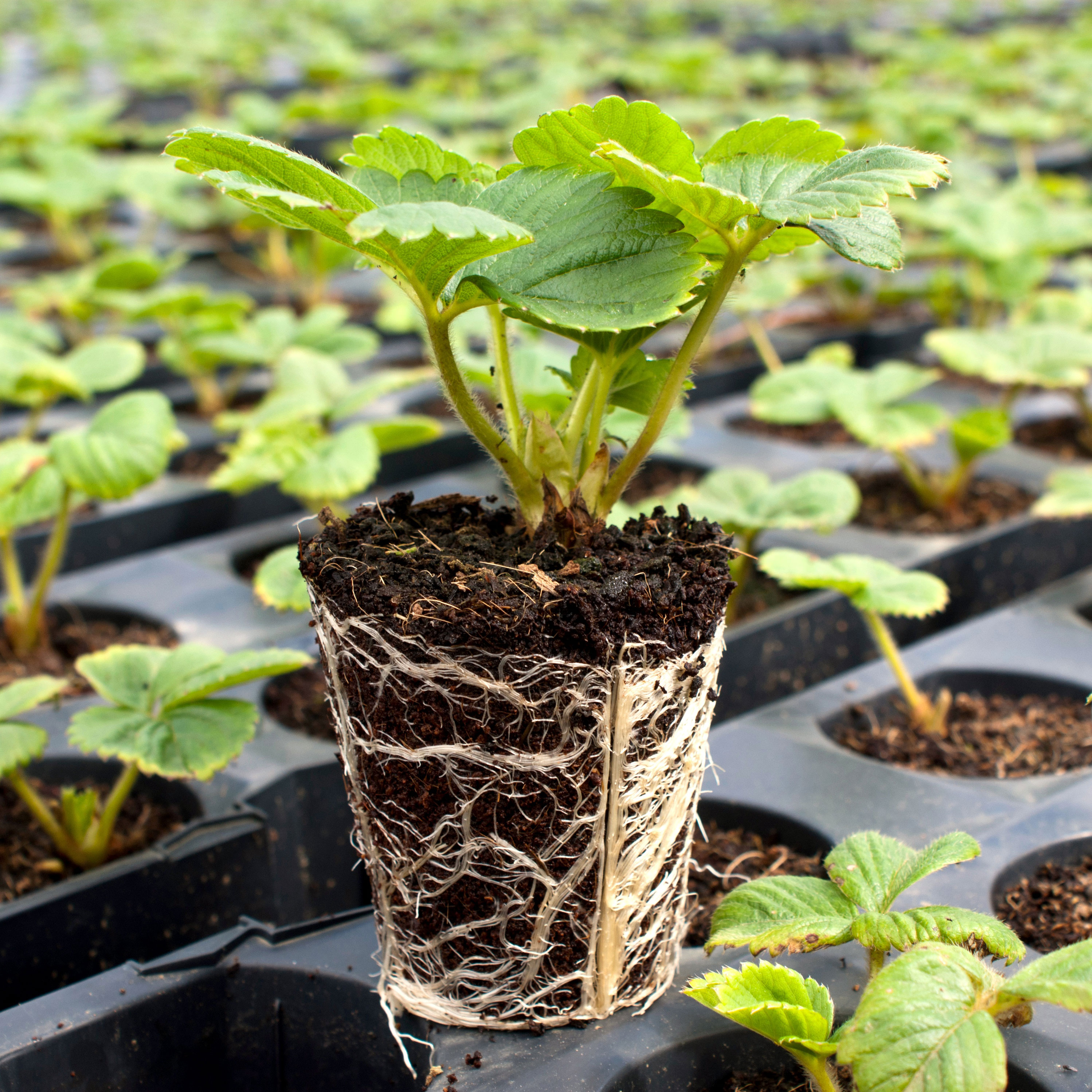 Why Choose Plugs For Plants? 3 Benefits Of Using Plug Plants For Beds, Baskets And Edibles
Why Choose Plugs For Plants? 3 Benefits Of Using Plug Plants For Beds, Baskets And EdiblesEver thought of growing plugs for plants and wondered whether it was worth it? We reveal the key reasons why they can help you with your growing ambitions this year
By Tonya Barnett
-
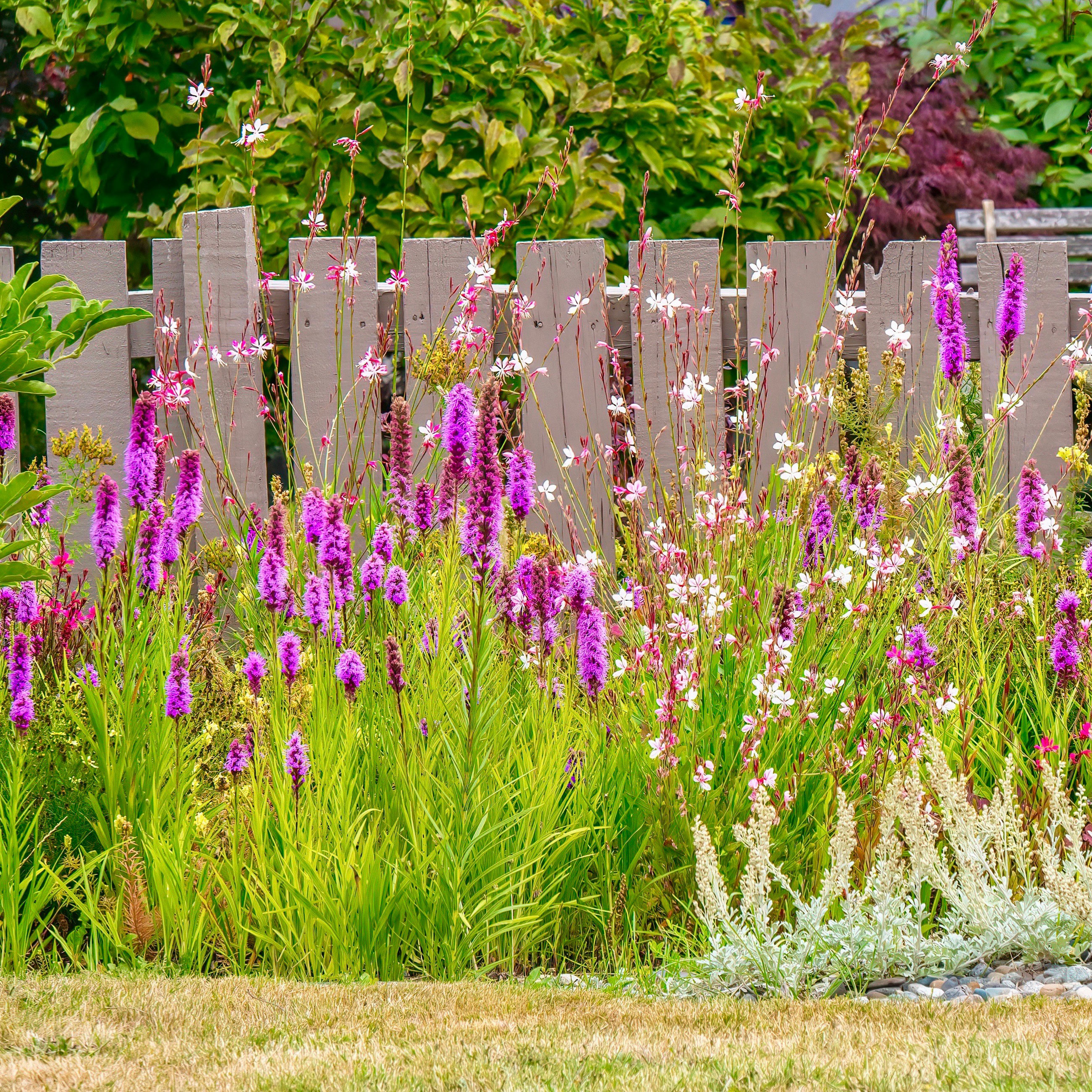 Easy Fence Landscaping Ideas: 6 Ways To Perk Up Your Property Line With Lush Landscaping
Easy Fence Landscaping Ideas: 6 Ways To Perk Up Your Property Line With Lush LandscapingIf you want to brighten up a garden fence, these ideas will provide visual interest and support. Try these easy fence landscaping Ideas for a pretty and private yard
By Teo Spengler
-
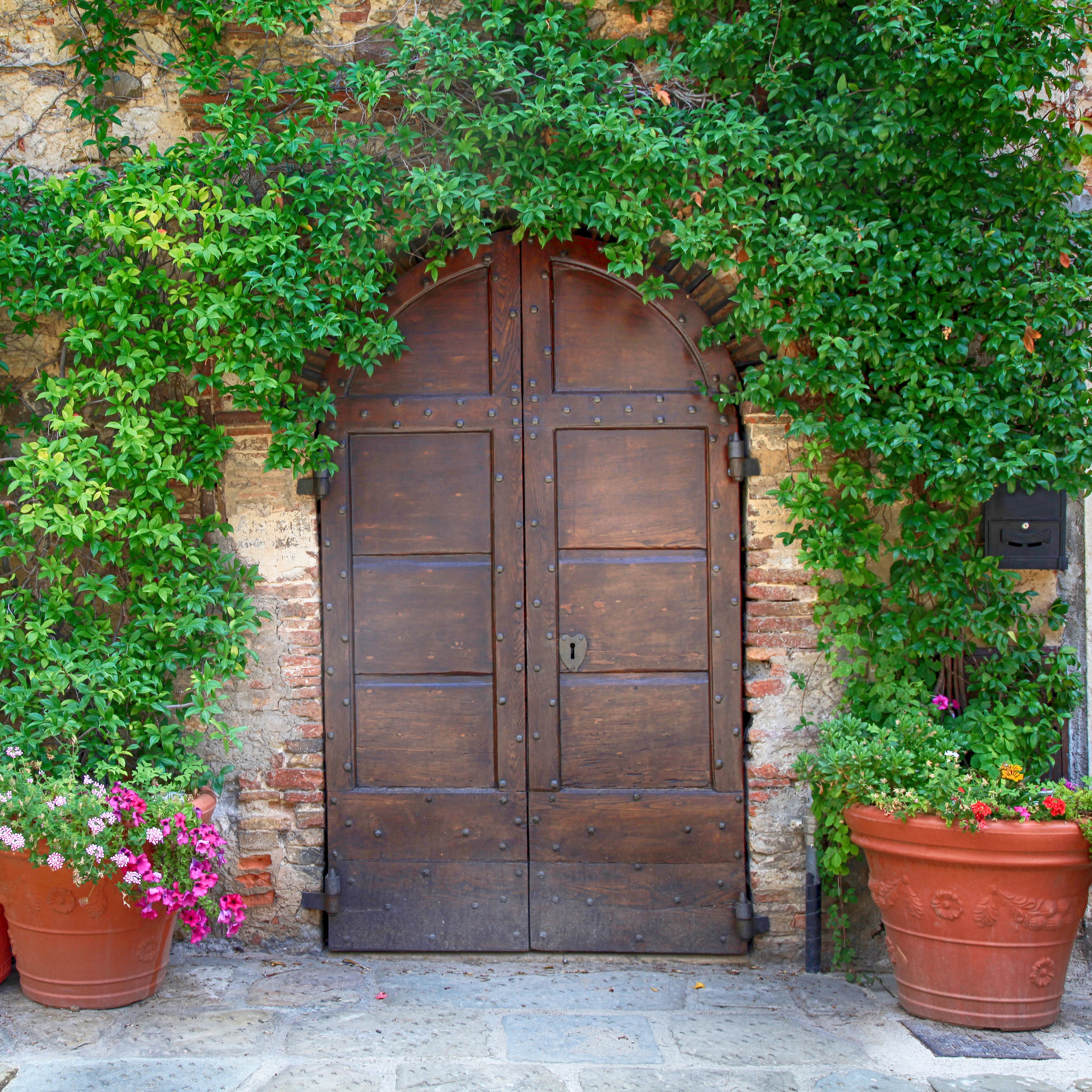 Hardscaping Ideas To Make A Garden Look Old: 5 Ways To Make Your Yard Look Centuries Older
Hardscaping Ideas To Make A Garden Look Old: 5 Ways To Make Your Yard Look Centuries OlderThere are a few ways to make a garden look lived in, but some planting ideas can take time – here, we round up key hardscaping ideas to make a garden look old
By Mary Ellen Ellis
-
 Attract More Pollinators: 8 Best Nectar-Producing Plants For Honey Bees And Other Pollinators
Attract More Pollinators: 8 Best Nectar-Producing Plants For Honey Bees And Other PollinatorsWant to know the core plants you can grow to add beauty while helping beneficial garden friends? Discover the best nectar-producing plants for honey bees and other pollinators
By Tonya Barnett
-
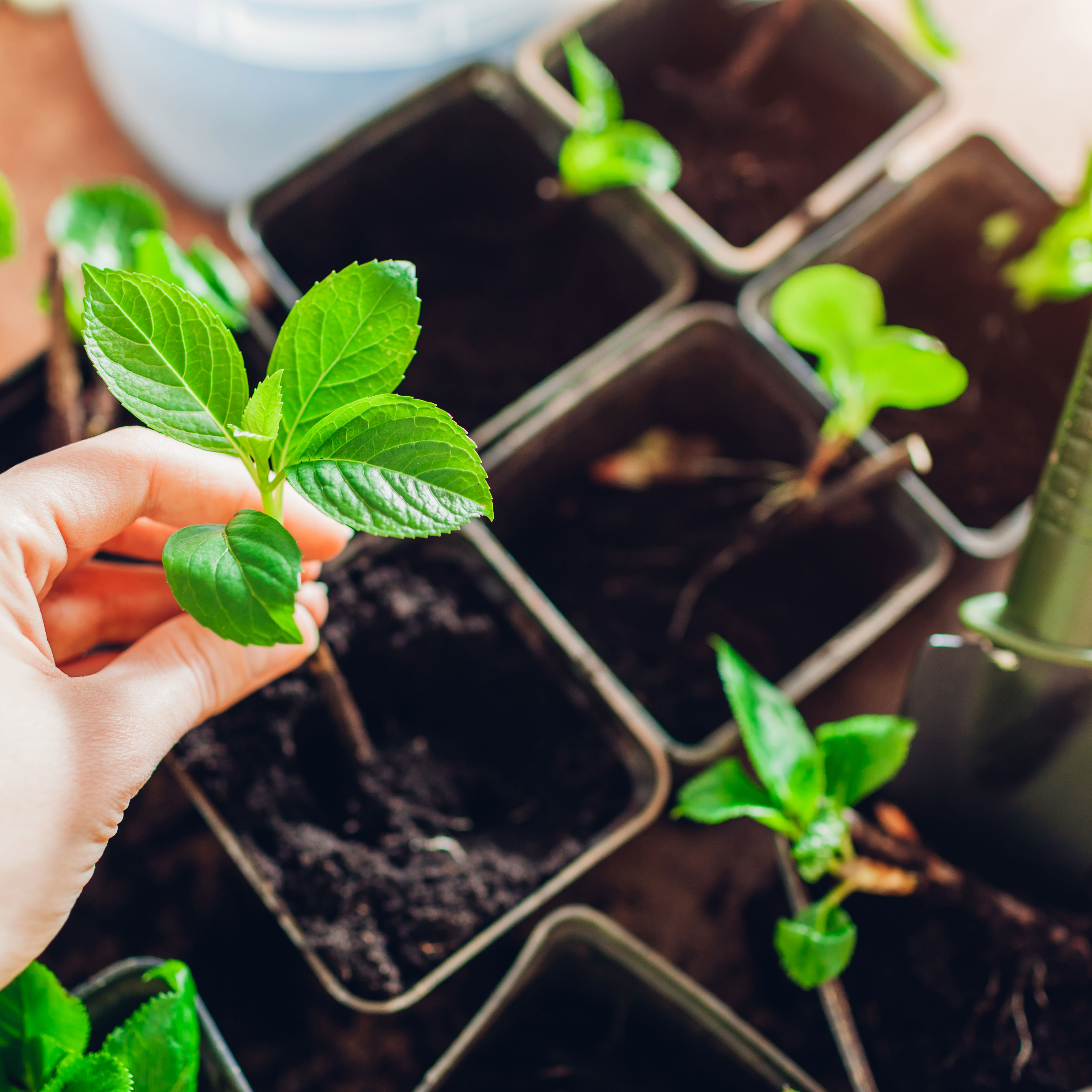 Plants To Propagate In Winter: 6 Of The Best Options For Cultivating Winter Cuttings
Plants To Propagate In Winter: 6 Of The Best Options For Cultivating Winter CuttingsWe usually associate propagation with spring, but there are a few plants you can grow from cuttings in cold months. We round up the best plants to propagate in winter
By Mary Ellen Ellis
-
 Make This Your Year In The Garden: New Year Resolution Ideas To Enhance Your Gardening
Make This Your Year In The Garden: New Year Resolution Ideas To Enhance Your GardeningGet a jump on your gardening projects now so you can reap the rewards year round! Crack open your planner, grab a hot drink, and peruse these key New Year resolution ideas
By Janey Goulding
-
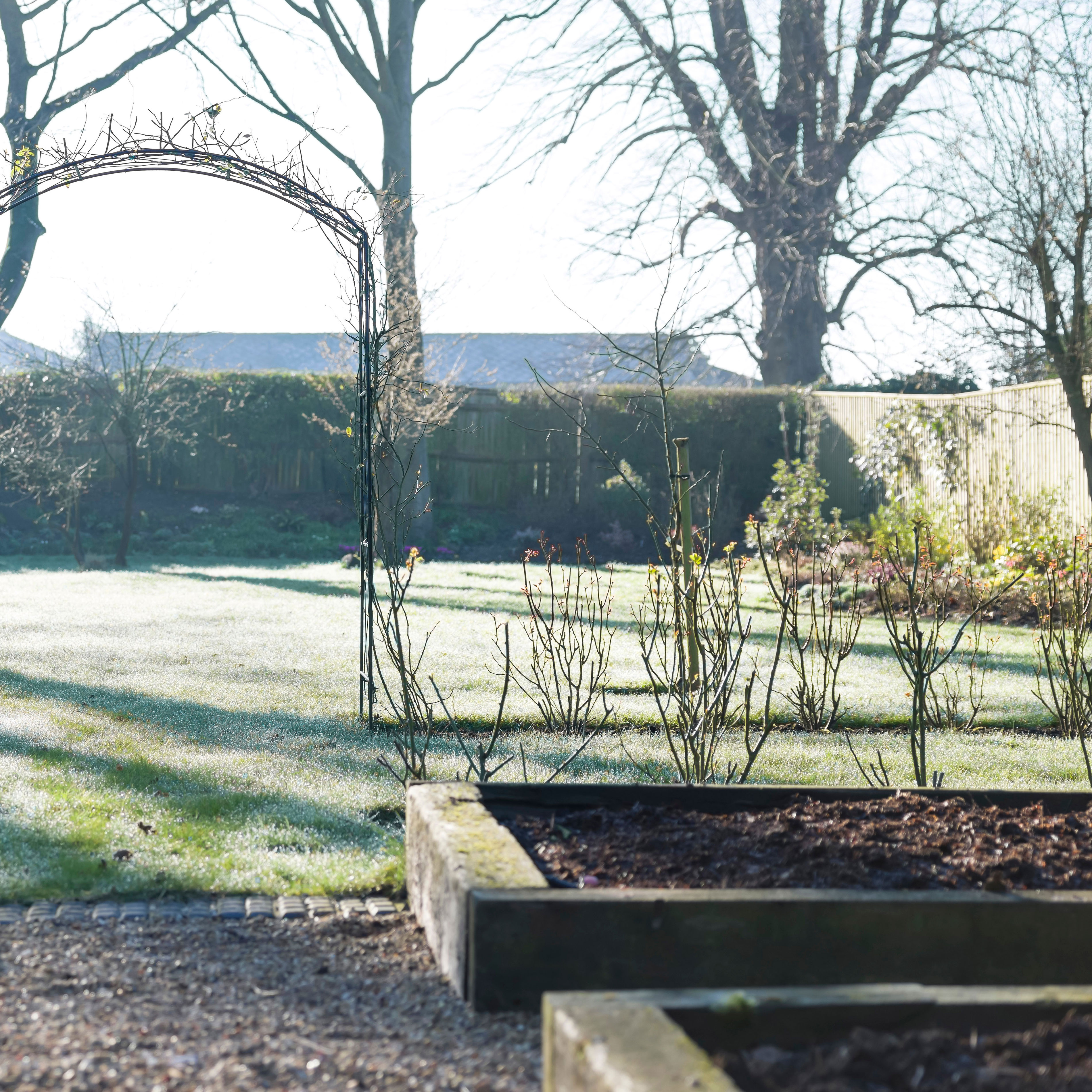 Winterizing Raised Beds: How To Protect Your Raised Bed Gardens In Winter
Winterizing Raised Beds: How To Protect Your Raised Bed Gardens In WinterKeeping raised beds protected in winter will ensure that you can hit the ground running in spring. Our guide to winterizing raised beds will help you get ready
By Mary Ellen Ellis
-
 Get Gardening For Better Sleep: Why Gardens And Plants Can Give You Happier Bedtimes
Get Gardening For Better Sleep: Why Gardens And Plants Can Give You Happier BedtimesWe all know gardening is intrinsically linked to a ‘feel good’ factor – have you ever wondered why it helps with rest? Here’s the thinking behind gardening for better sleep…
By Mary Ellen Ellis